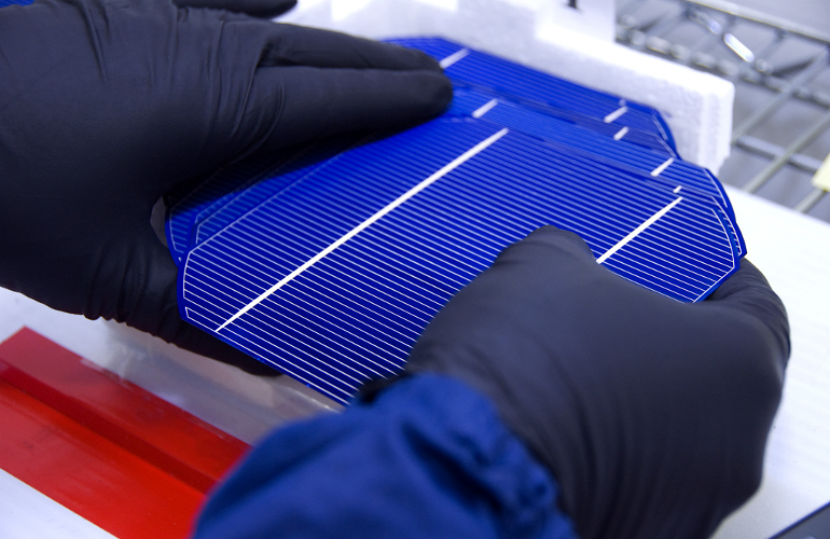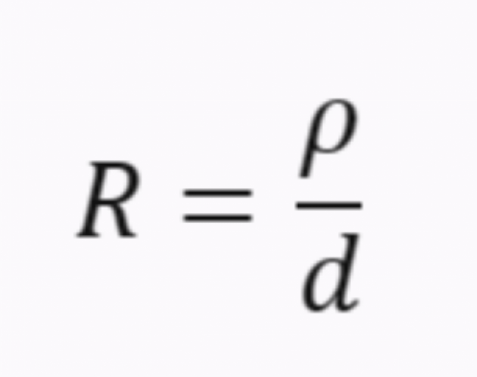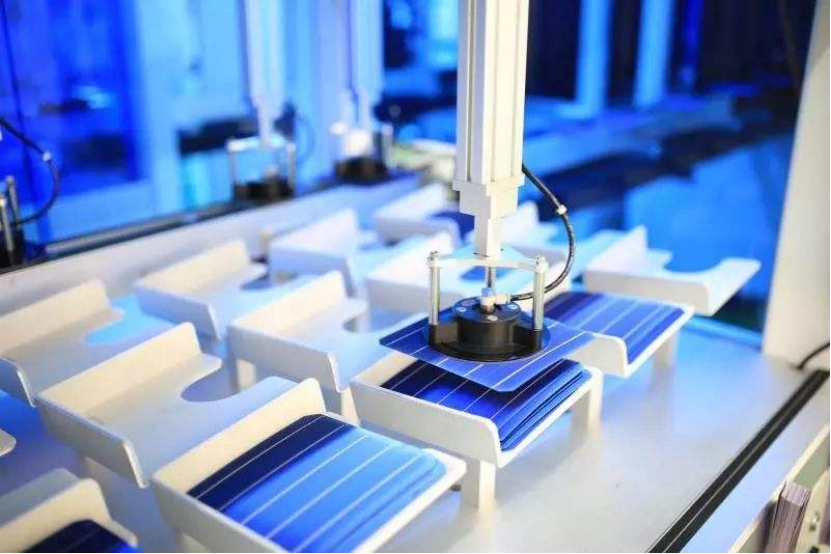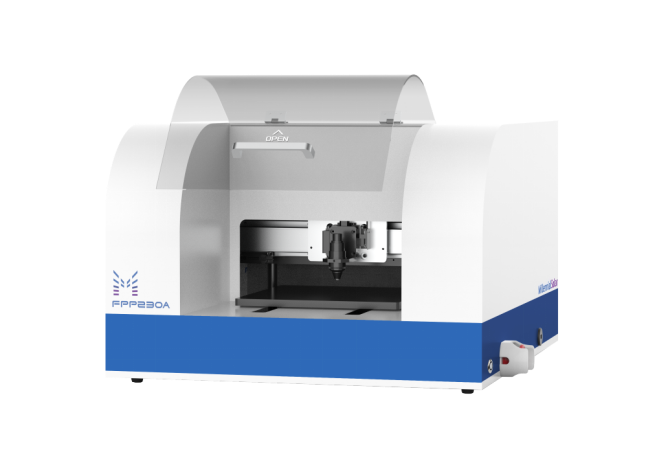
Quantum Efficiency Tester
PL/EL Integrated System
PV-Reflectumeter
3D Confocal Microscope
In-Line Four Point Probe Tester
Four Point Probe Tester
In-Line Thin Film Thickness Tester
Raman Spectrometer
FTIR Spectrometer
Spectrophotometer
Automatic Spectroscopic Ellipsometer
Contact Resistance Tester
Ultra depth of field 3D microscope
Auto Visual Tester
VMM PV Vision Measuring Machine
Solar Cell Horizontal Tensile Tester
Steady State Solar Simulator for Solar Cell
Solar Cell UV Aging Test Chamber
Solar Cell Comprehensive Tensile Tester
Visual Inspection Tester
Wet Leakage Current Tester
PV Module EL Tester
PV Module UV Preconditioning Chamber
Steady State Solar Simulator for PV Module
Current Continuous Monitor
Potential Induced Degradation Test
Bypass Diode Tester
LeTID Test System
Reverse Current Overload Tester
Impulse Voltage Tester
Hipot Insulation Tester
Ground Continuity Tester
Hipot Insulation Ground Tester
Damp Heat Test Chamber
Humidity Freeze Test
Thermal Cycle Test Chamber
Dynamic Mechanical Load Tester
Static Mechanical Load Tester
Hail Impact Tester
Robustness of Termination Tester
Module Breakage Tester
Cut Susceptibility Tester
Peel Shear Strength Tester
Universal Testing Machine (Single-arm)
Universal Testing Machine (Double-arm)
Glass Transmittance Tester
Acetic Acid Test Chamber
EVA Degree of Crosslinking Test System
Junction Box Comprehensive Tester
Drop ball tester
Semi-automatic scanning four-probe tester
Stylus Profilometer
Maximum Power Point Tracker
Perovskite Glass Transmittance Tester
Perovskite P1 Laser Scribing Multifunctional Testing Machine
Perovskite Online PL Tester
Perovskite Online Sheet Resistance Tester
Online Perovskite Film Thickness Tester
Perovskite Process Inspection Workstation
Portable IV Curve Tester
Portable EL Tester
Portable Thermal Imaging Tester
Solar Module Multi-Channel Testing System
PV Inverter Power Quality Tester
Drone EL Tester
IV Tester
IVEL Cell Sorting Machine
Learn More About the Sheet Resistance and Influencing Factors of ITO Films
Date : 2024-01-09Views : 190
In the deposition process of solar cells, the preparation of high-performance ITO films is its primary task. When preparing ITO films, solar cell manufacturers often need to consider their own sheet resistance and factors that affect the sheet resistance of ITO films, so that they can better solve the factors that adversely affect the sheet resistance of ITO films based on their understanding. Improve the favorable influencing factors to produce high-quality solar cells. In order to help solar cell manufacturers scientifically understand the sheet resistance of ITO films, Millennial Solar has produced the Four-Point Probe Tester. This equipment can accurately detect the sheet resistance and resistivity of ITO films in solar cells, thereby helping solar cell manufacturers understand solar cells on the basis of the thin film, subsequent efficient production is carried out and put into use!

![]()
Sheet resistance of ITO film
ITO film is a transparent conductive film, mainly composed of indium oxide and tin oxide, and is widely used in the photovoltaic industry. The sheet resistance of an ITO film is the resistance value from edge to edge of a square ITO film. It is an important parameter to measure the conductive performance of the ITO film, and is also an important factor affecting the light transmittance and photoelectric conversion rate of the ITO film.
![]()
The concept and calculation method of sheet resistance of ITO film
The sheet resistance of an ITO film refers to the resistance value from edge to edge of a square ITO film. It is related to the resistivity and film thickness of the ITO film and can be expressed by the formula:

Among them, R is the square resistance in ohms/square, ρ is the resistivity in ohms/meter; d is the film thickness in meters. It can be seen from the formula that in order to obtain lower sheet resistance, it is necessary to obtain lower resistivity and larger film thickness. The calculation method of sheet resistance is to use four probes to measure the resistance value on the ITO film, and then calculate the sheet resistance value based on the film thickness and the side length of the square.
![]()
ITO film resistance and influencing factors
The sheet resistance of ITO films is affected by many factors, including the following aspects.Composition of ITO film: The composition of ITO film is mainly the ratio of indium oxide and tin oxide, which is generally 9:1. The function of tin oxide is to provide carriers and increase the conductivity of the ITO film, but too much tin oxide will cause lattice distortion, reduce the crystallinity of the ITO film, and thereby increase the resistivity. Therefore, it is necessary to control the content of tin oxide while ensuring conductivity, generally between 5% and 15%.

Deposition process of ITO thin film: The deposition process of ITO thin film mainly includes deposition method, deposition temperature, deposition rate, deposition atmosphere, etc. Different deposition methods will affect the structure, morphology, orientation, etc. of the ITO film, thereby affecting the resistivity. Generally speaking, sputtering, evaporation, and chemical vapor deposition can be used to prepare ITO thin films, but sputtering is the most commonly used method because it can obtain a higher deposition rate and a more uniform film layer. .
The deposition temperature will affect the crystallization degree and grain size of the ITO film. Generally speaking, a higher deposition temperature is conducive to improving the crystallinity and grain size of the ITO film, thereby reducing the resistivity, but too high can also cause stress and defects in the film increase, thereby increasing resistivity. Therefore, it is necessary to select an appropriate deposition temperature based on different substrate materials and deposition methods, generally between 100°C and 500°C.
The deposition rate will affect the density and porosity of the ITO film. A lower deposition rate will help increase the density and porosity of the ITO film, thereby reducing the resistivity. However, a too low deposition rate will also reduce production efficiency and cost-effectiveness. Therefore, it is necessary to select an appropriate deposition rate according to different deposition methods, generally between 1nm/s and 10nm/s.
![]()
Four-Point Probe Tester

E-mail:market@millennialsolar.cn
Four-Point Probe Tester can quickly and automatically scan samples up to 230mm to obtain sheet resistance/resistivity distribution information at different locations of the sample. It can be widely used in photovoltaics, semiconductors, alloys, ceramics and many other fields.
● Ultra-high measurement range, measuring 0.1MΩ~100MΩ
● High-precision measurement, dynamic repeatability can reach 0.2%
● Fully automatic multi-point scanning, multiple preset schemes can also be customized and adjusted
● Rapid material characterization and automatic correction factor calculation
The deposition atmosphere will affect the oxygen content and oxygen vacancies of the ITO film. Generally speaking, a higher oxygen partial pressure will increase the oxygen content of the ITO film, thereby reducing the carrier concentration and resistivity.
However, too high oxygen partial pressure will also cause the light transmittance of the ITO film to decrease and the light absorption to increase. Therefore, it is necessary to select an appropriate oxygen partial pressure according to different deposition methods.
The sheet resistance and resistivity of ITO films, as important factors affecting the performance of solar cells, have always been focused on by solar cell manufacturers. Solar cell manufacturers usually have to use unique testing equipment to evaluate whether the quality of the deposition process meets industrial standards after completing the solar cell ITO thin film deposition process. Four-Point Probe Tester can help solar cell manufacturers evaluate the performance of ITO films more conveniently, efficiently and scientifically, and characterize the sheet resistance parameters of ITO films in each solar cell one by one, thus assisting their efficient production!

































































